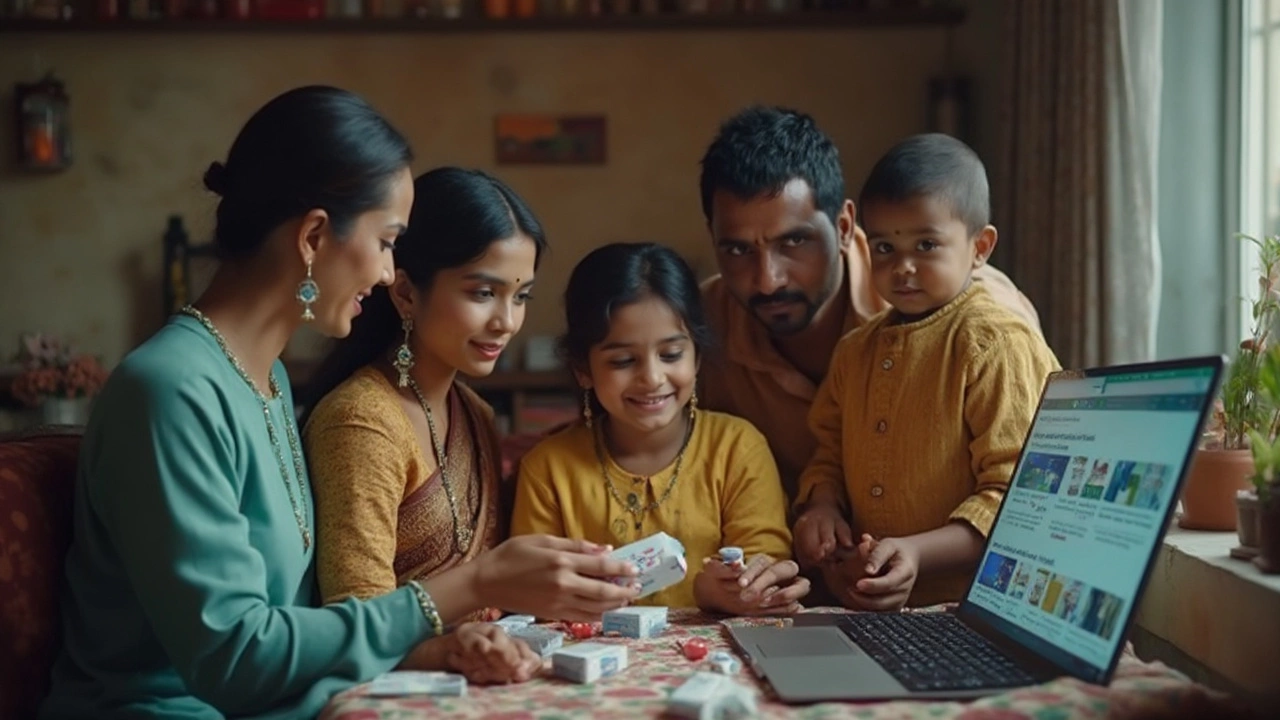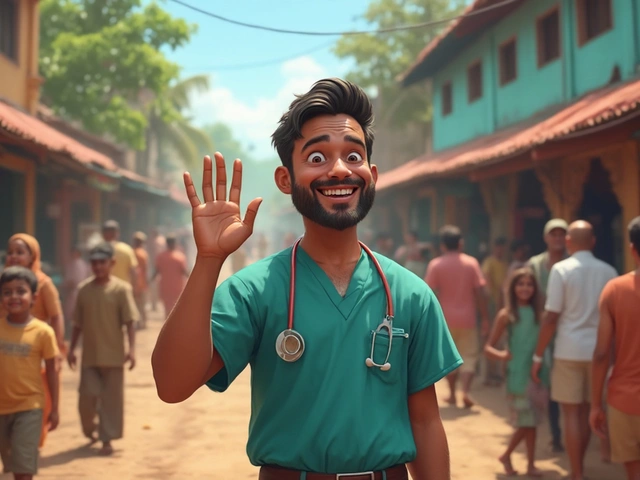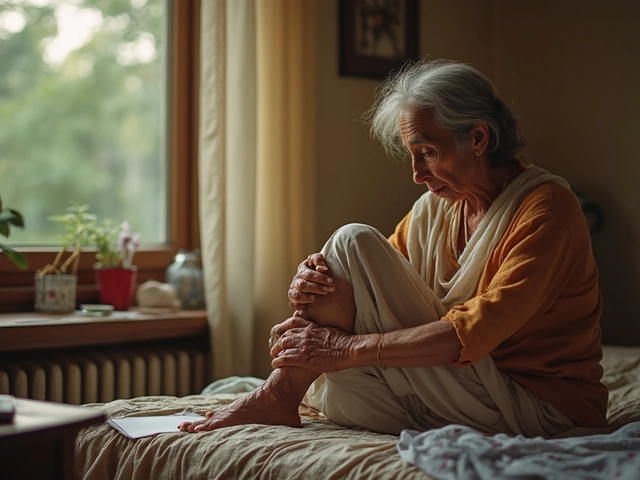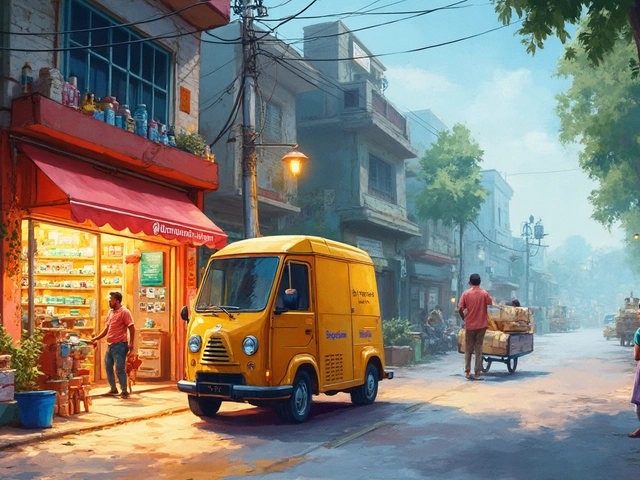Pharmacy Risks You Should Know Before Buying Medicine
Ever walked into a pharmacy and wondered if the pills in front of you are truly safe? You’re not alone. From hidden side‑effects to sky‑high prices, the drug aisle can feel like a minefield. Below we break down the biggest red flags and give you quick, doable steps to stay safe and keep more money in your pocket.
Common Safety Pitfalls in Everyday Pharmacies
First off, not every medication label tells the whole story. Many prescription drugs have hidden toxicity that only shows up after weeks of use. Look for warnings about liver strain, kidney damage, or interactions with common over‑the‑counter products. If a doctor prescribes a new drug, ask them to point out any major side‑effects you should watch for. A simple "What should I watch for?" can save you from nasty surprises.
Second, counterfeit or sub‑standard meds are popping up even in big chains. Spot a cheap wrapper, mismatched fonts, or a blurry barcode? Those are classic signs of a fake product. When you suspect anything, compare the packaging with the official brand website or call the manufacturer. It’s worth a minute of your time to avoid a faulty pill.
Third, price inflation isn’t just a U.S. thing. Indian pharmacies often add hidden fees that push a 30‑day supply beyond what you expect. Check the price per tablet, not just the total cost. If a pharmacy like CVS seems unusually pricey, ask for a generic alternative or shop around online for a better deal.
Practical Ways to Reduce Risk and Save Money
Start a personal medication log. Write down the name, dose, start date, and any side‑effects you notice. This simple record helps you spot patterns — like a new headache every time you start a certain drug — and gives your doctor concrete data.
Use reputable sources for drug information. Websites run by government health agencies or trusted medical institutions provide unbiased safety data. Avoid forums where anecdotal claims can mislead you about a drug’s safety.
Ask your pharmacist for a price comparison. Many pharmacists can pull up generics that work just as well for a fraction of the cost. In India, you can also use price‑checking apps to see if a pharmacy’s rate is above market average.
Finally, don’t skip the “talk” with your doctor. If you’re on multiple meds, request a medication review. Doctors love to catch dangerous combos, and a quick check can prevent serious adverse reactions.
Staying alert doesn’t mean living in fear. It just means asking the right questions, double‑checking what you’re handed, and keeping tabs on both safety and price. With these habits, you can walk into any pharmacy feeling confident, not anxious.
Remember, the best defense against pharmacy risks is knowledge and a habit of checking. Keep this guide handy, share it with friends, and make safer, smarter choices every time you pick up a prescription.

Online Pharmacies: What Risks Should You Know About?
Online pharmacies can be super convenient, but they also come with risks that aren't always obvious. You might get fake pills, fall into scams, or end up sharing your data with the wrong people. Prescription rules and drug quality often slip through the cracks online. Here, you'll see clear tips and real dangers to watch for before making any online medicine orders.

Where Do Happy Doctors Call Home?
Mar, 15 2025

What is the Hardest Part of IVF?
Mar, 23 2025


